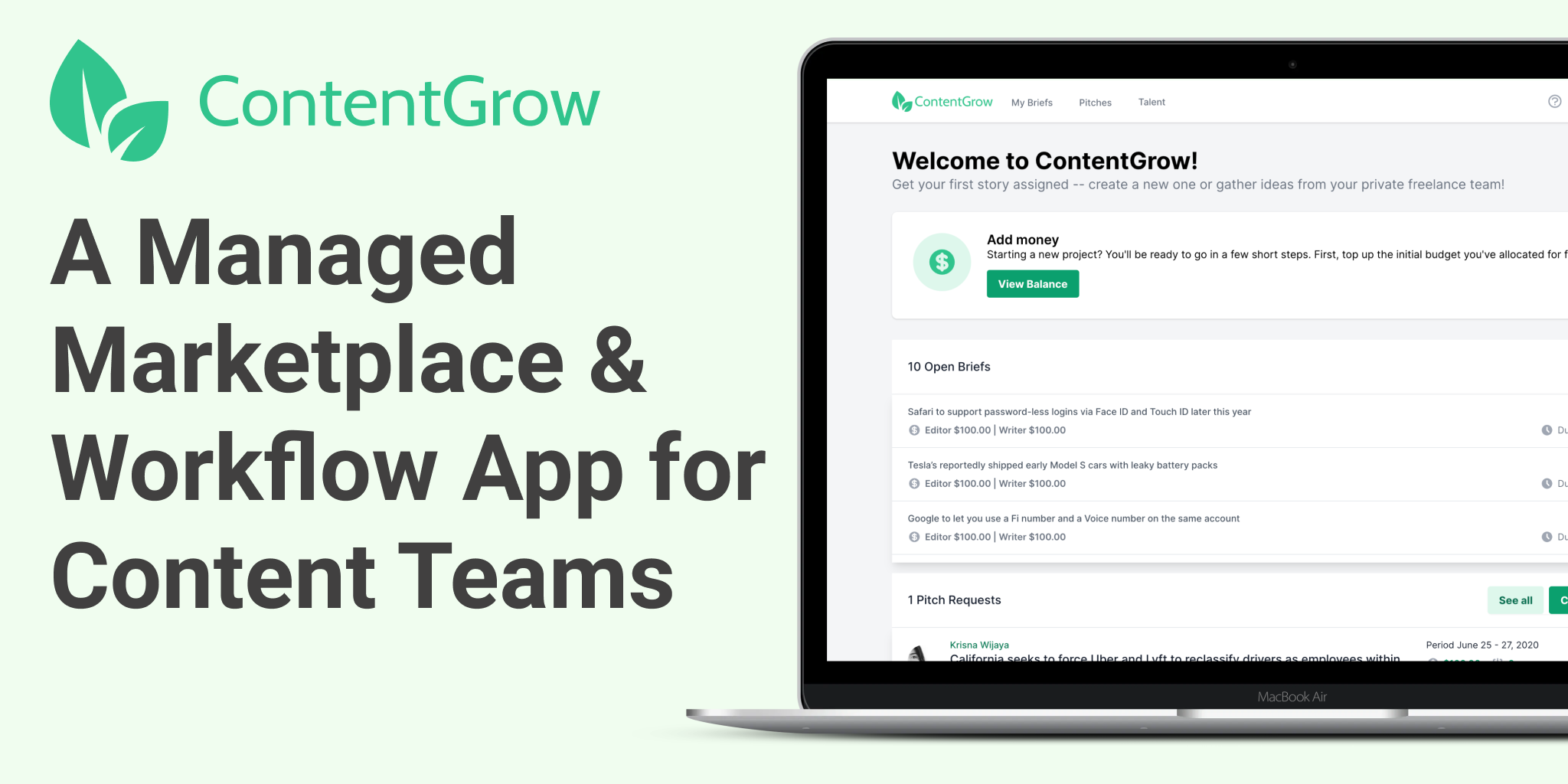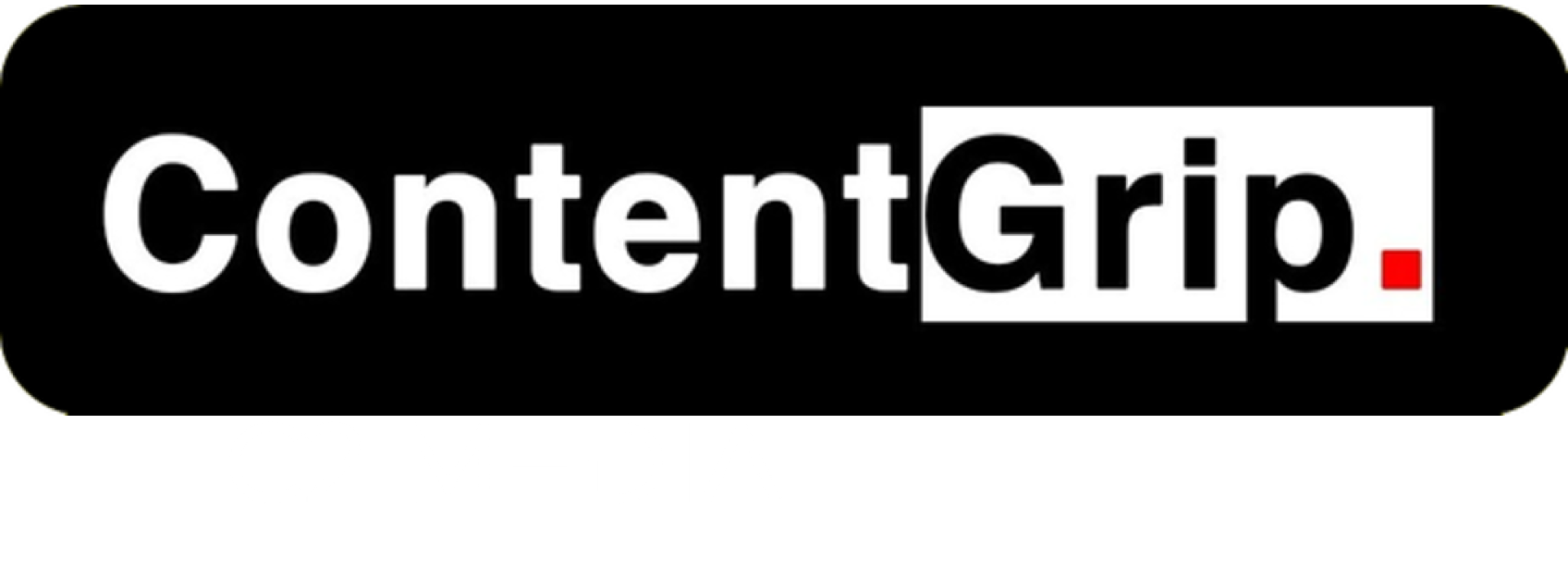AI and journalism: how AI can help journalists work better and stay trusted
See how AI technologies offer practical support in journalism, streamlining processes and ensuring high-quality news delivery.

AI isn't going to take over the special job that human journalists do. But it's clear that AI can be a big help in news teams, making work faster without messing up the trust in the news.
It's common knowledge that journalists have a lot to do, from covering the latest news to deep research. People want good news fast, more than ever before.
Since ChatGPT took off, more businesses have seen its value in using AI. AI can streamline everyday tasks and boost creative efforts, which is a big plus for journalists and the media industry.
This trend has been amplified with the rollout of other AI tools besides ChatGPT. These tools can speed up a lot of manual work, making things more efficient without cutting corners on trustworthiness.
Here's a look at how AI tools can make journalists quicker and keep their work solid.
1. Brainstorm and produce bulk of topic ideation
Journalists often face challenges in coming up with new story ideas. AI tools have the capability to sift through news trends, social media discussions, and public data sets to spot emerging topics and potential story leads.
This process can serve as a crucial initial step for brainstorming and further investigation. Another approach is to select a main keyword related to the desired coverage area and then use AI to generate ideas centered around it.
Additionally, AI can identify the most common FAQs on a topic, providing a foundation for understanding audience perspectives and crafting stories that resonate. Some tools that support these functions include ChatGPT for content creation, along with Gemini, Jasper, Portent, and Frase.
2. Headline generator
Creating the right headline is key to attracting readers to an article. AI tools excel in offering many headline options, whether you're looking for something direct or a headline with catchy jargon.
These tools allow for a broad selection to refine your article's draft. To get headlines that fit specific needs, journalists can guide AI tools with particular instructions. For instance, asking for headlines that start by addressing a problem the readers might face, then suggesting a solution.
Furthermore, these AI tools can help by generating SEO-friendly titles or meta descriptions, helping to create titles that fit within desired character counts efficiently.
Some of the tools available for these purposes include Jasper, ChatGPT for content creation, Ahrefs AI Title Generator, HubSpot Free AI Headline Generator, and Semrush Free Title Generator: Powered by AI.
3. Automated transcription
In interviews, journalists face the challenge of multitasking: keeping the conversation engaging while also taking detailed notes. Moreover, the task of storing and transcribing these extensive interviews afterward adds to their workload, consuming valuable time.
AI tools present a seamless solution by handling the recording and transcription of interviews automatically. This innovation enables journalists to dedicate their full attention to the interview, ensuring they don't miss out on key interactions.
Although the transcriptions may have some errors, especially with words of similar pronunciation, they generally save a lot of time compared to manually writing down the conversation.
Automated transcription is also helpful for quickly sharing interview details with a team, making it easier to start working on the story. This process helps journalists to focus on analyzing quotes and structuring their stories.
Tools to help: Otter, Notta, Rev, Fireflies, Colibri.
4. Customizable writing tone and style
AI has the capability to adjust your writing style to fit specific audiences or publications. By inputting details about your target audience, AI can examine the tone and style of comparable content and recommend changes to match the desired voice.
This function also offers a quick way to preview which tone and style might be best when you're unsure about the most appropriate approach for your readers.
Tools for this include ChatGPT, Gemini, Wordtune, Jasper, Writesonic, and Copy AI.
5. AI-generated summaries
AI can quickly summarize reports, research papers, and other long documents, saving you time. You can also ask AI to make summaries simpler, like making them easy for a middle school student to understand or suitable for a certain audience. This is helpful when you need to explain topics you're not familiar with in your own words.
There are two main ways to use AI for summaries. One way is to install a browser extension, such as WebPilot, which lets you summarize content directly on the web. The other way is to copy and paste the URL of an article or specific text into the AI tool for a summary.
Some tools that offer these features are Quillbot Summarizer, SummarizeBot, Jasper, IBM Watson Discovery, WebPilot, and ChatGPT.
6. Generate automated briefs for the team
As newsroom teams expand, automation becomes essential. AI not only aids in creating summaries but can also help you prepare briefs for your newsroom team, including journalists, designers, editors, and content writers.
ContentGrow, an AI-powered talent network, enables you to find and assign tasks to qualified journalists worldwide. Its Brief AI feature speeds up the process of generating briefs for selected talents.
Additionally, the platform manages payments to your team, allowing you to assign tasks and set fees through a single dashboard, with the platform handling the rest.

6. Fact-checking assistance
In journalism, ensuring accuracy is crucial. When researching, you can use AI to check the facts of various sources, like reports, quotes, and databases, or to get deeper insights into the main sources.
This helps verify claims, spot potential inaccuracies, or strengthen the credibility of your articles. These tools are accessible directly, with some available as browser extensions or part of the ChatGPT plugin.
Tools for assistance include LongShot AI and Wolfram (ChatGPT plug-in).
7. Automated grammar check
AI grammar checkers can spot and fix grammatical errors, spelling mistakes, and typos, ensuring your work is clean and error-free before publication.
It's helpful to understand how AI grammar checkers differ from the basic grammar checkers built into word processing software. Typically, AI checkers offer a more in-depth analysis and provide suggestions for improvement.
To use AI for grammar checking, you usually have two options: install an extension in your browser or manually copy and paste the text you want to check into the tool.
Tools for grammar checking include Grammarly, Wordtune, ChatGPT, and Gemini.
8. Data-driven insights
After transcribing your interviews, AI can review the interview content or research papers to pinpoint important ideas and connections in the data.
By using prompts like 'explain this' or 'what's the story behind the data,' AI can help you uncover hidden insights and reveal trends you might miss at first glance.
This capability of AI aids in deepening the understanding of your source material and enriching your reporting.
Tools for generating insights include ChatGPT and Gemini.
The bottom line
Don’t fear AI; embrace it as a partner. While AI won't replace the human touch in journalism – the critical thinking, insightful analysis, and captivating storytelling – it can be a powerful asset.
AI tools can automate repetitive tasks like research, fact-checking, and data analysis. This frees journalists to focus on the core tasks: investigating, writing, and telling impactful stories. With these AI helpers, journalists can work faster and deliver high-quality content that keeps the public informed.
So, explore the possibilities of AI – you might be surprised at how it can boost your journalism.
ContentGrow is a managed talent network for brands and publishers to work with high-quality freelance writers and journalists worldwide. Sign up to get started or book a discovery call to learn more.






